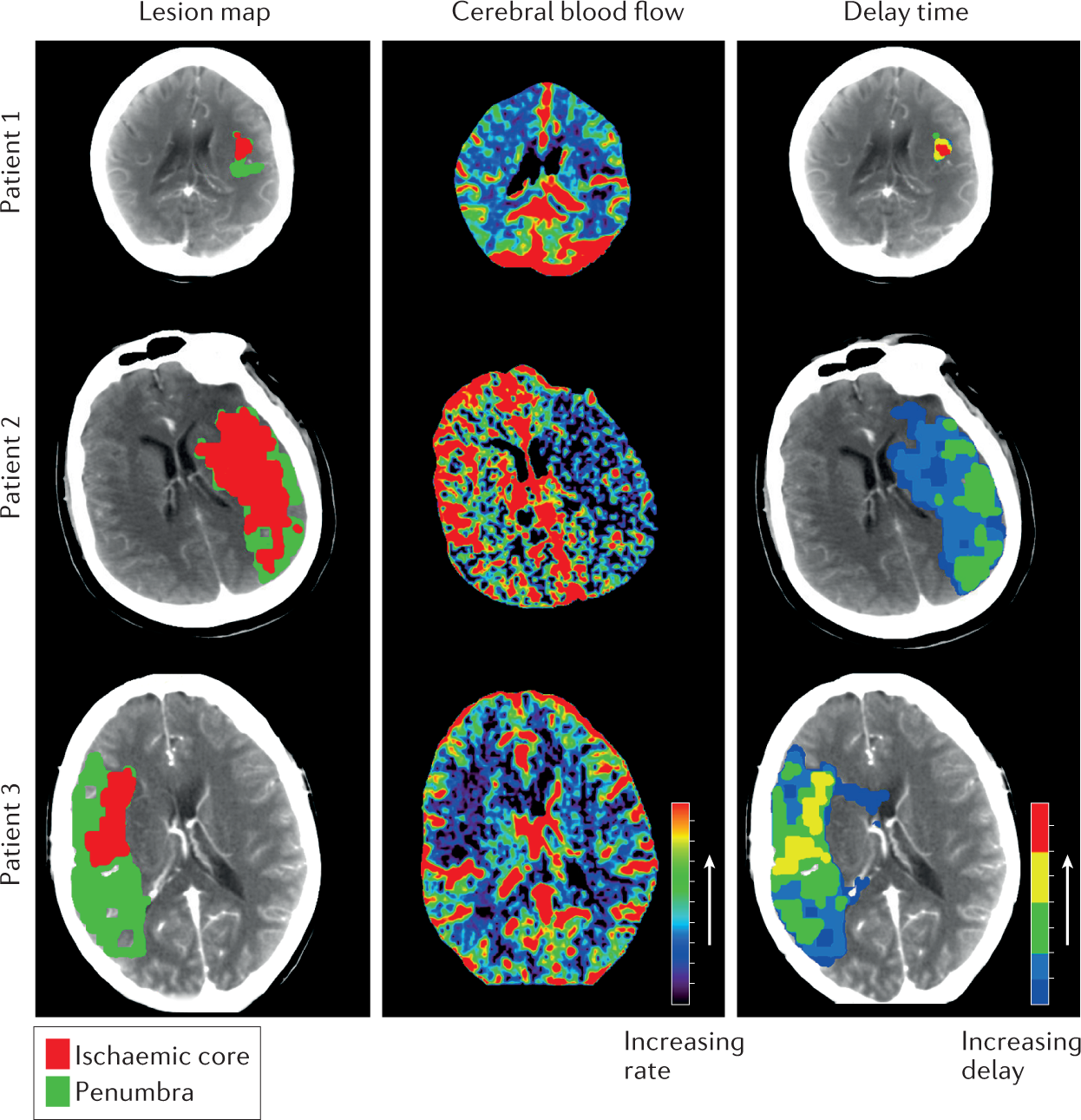Artificial Intelligence: A Revolution in Rapid Stroke Diagnosis and Improved Treatment Outcomes

Introduction: In a critical moment in the emergency department of a busy hospital, a patient with stroke symptoms arrives. Every second that passes could lead to further brain damage. Doctors need an immediate diagnosis to initiate treatment, but traditional methods might take several minutes. Now, imagine using artificial intelligence (AI) to perform this diagnosis in under 30 seconds. How could this speed impact saving lives and reducing the long-term effects of a stroke? According to the American Stroke Association, untreated strokes can result in the death of up to 2 million brain cells per minute [Untreated Stroke Kills 1.9 Million Neurons Per Minute] This underlines the critical importance of rapid stroke diagnosis. Traditional Diagnostics: Challenges and Time Traditional stroke diagnosis depends on MRI and CT scans. While MRI offers high accuracy in detecting brain abnormalities, it is time-consuming and often not available in emergencies. In contrast, CT scans are faster and more accessible, but it can still take several minutes for doctors to manually interpret the images. Related studies have shown that even brief delays in stroke treatment, especially in the emergency room, can significantly impact stroke survivors' quality and length of life. For example, the American Heart Association (AHA) reports that for every 10-minute delay in starting treatment, patients may lose up to 8 weeks of healthy life [Even short delays in the ER may reduce the lifespan of stroke survivors], [Cognitive impairment after stroke is common, and early diagnosis and treatment needed]. How AI is Transforming Diagnosis: Artificial Intelligence (AI) is revolutionizing stroke diagnosis by offering new solutions. At I SMILE, AI-powered systems use advanced algorithms to analyze CT scans in less than 30 seconds. This speed and accuracy help medical teams make critical decisions without delay. Increased Speed and Accuracy: AI enables doctors to start treatment immediately without waiting for manual image analysis. Reduced Costs and Improved Efficiency: Besides cutting down diagnosis time, AI also lowers hospitalization and treatment costs significantly [Digital transformation: Health systems’ investment priorities] According to the World Health Organization, AI technologies enhance healthcare system efficiency while reducing overall treatment costs [Artificial intelligence and data technology provide smarter health care – 4 solutions that have made a difference for noncommunicable diseases] Real Experience: Faster Life-Saving Diagnoses Fortunately, in hospitals and clinics using I SMILE's AI technology, stroke diagnosis times, even in emergency rooms, have significantly decreased. Dr. Ali Ahmadi, a neurologist, says, "This technology allows us to intervene faster and prevent more severe damage. In situations where every minute counts, this technology literally saves lives." Interest in our advanced AI technologies is growing among the global medical community, including prominent physicians and top hospitals. This reflects their trust in our innovative ability to improve both diagnosis and treatment. Economic and Practical Benefits for Hospitals and Insurers: AI technologies not only enhance treatment outcomes but also provide indirect benefits for insurance companies. Shorter patient hospital stays and the elimination of unnecessary treatments lead to substantial cost reductions. Hospitals using AI have reported lower patient treatment costs, benefiting hospitals, patients, and insurers alike [An AI opportunity for health insurers] Looking Ahead: Beyond Stroke Diagnosis While AI is currently used for rapid stroke diagnosis, I SMILE is developing systems capable of diagnosing other neurological and brain disorders. This technology has the potential to predict and prevent diseases in the future. According to the American Medical Association, AI and augmented intelligence are becoming key tools in diagnostic systems, playing a crucial role in improving treatment outcomes [Augmented intelligence in medicine ]
